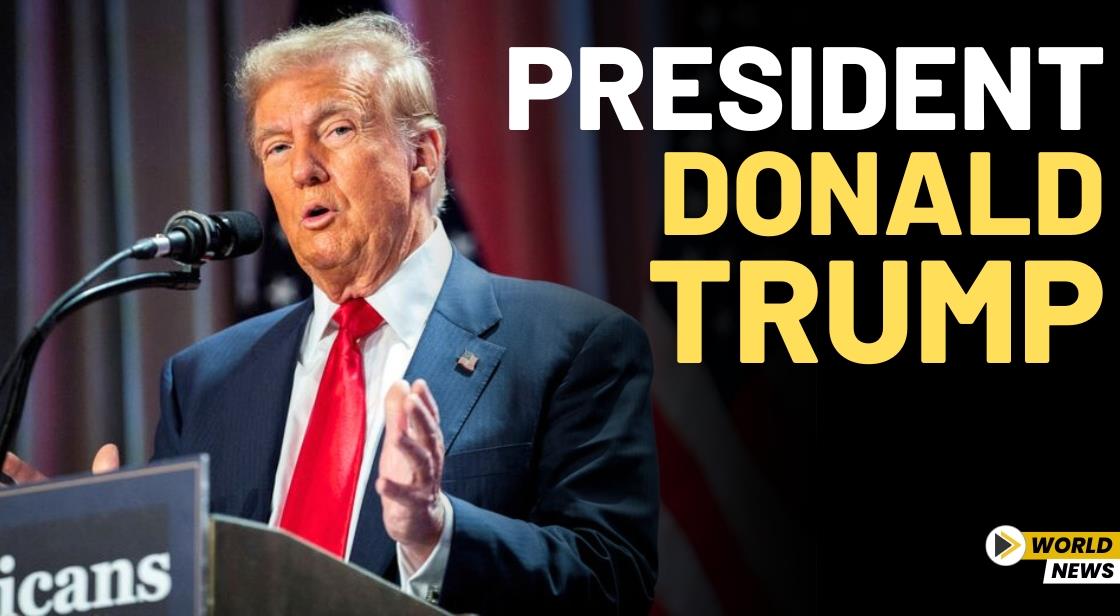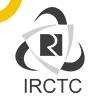U.S. Launches $5 Million Gold Card Visa: How Does India’s PRS Compare?

News Synopsis
The United States has introduced a new immigration initiative, the Gold Card, which provides wealthy foreign investors with a streamlined path to U.S. citizenship in exchange for a $5 million (approximately Rs 43 crore) investment.
This program is expected to replace the existing EB-5 visa, which currently requires a $1 million investment along with the creation of at least ten jobs in the U.S.
Not just the U.S., several other countries, including India, have introduced investor visa schemes to attract high-net-worth individuals. In India, a similar initiative exists in the form of the Permanent Residency Status (PRS) scheme.
Understanding the US Gold Card and EB-5 Visa
How Trump's Gold Card Differs from EB-5
On February 25, U.S. President Donald Trump announced the "Gold Card" proposal. While details remain limited, the core requirement involves a $5 million investment by foreign nationals, which will expedite their route to U.S. citizenship.
Trump has long been critical of the existing EB-5 visa program, which he believes allows foreigners to acquire a Green Card at a relatively low price. Commerce Secretary Howard Lutnick echoed this sentiment, labeling the EB-5 visa as “nonsense” and “fraudulent.”
Key Features of the EB-5 Visa
-
Introduced in 1990, the EB-5 visa grants permanent U.S. residency (not citizenship) to foreign investors.
-
Requires a minimum investment of $1,050,000, or $800,000 in economically distressed areas.
-
The investment must generate at least 10 jobs for U.S. residents.
With the introduction of the Gold Card, the U.S. aims to attract high-value investors while phasing out the EB-5 visa. This move could make American residency and citizenship more exclusive and expensive.
India's Permanent Residency Status (PRS) Scheme for Investors
India offers its own version of an investor visa, known as the Permanent Residency Status (PRS) scheme. However, unlike the U.S. Gold Card, India’s PRS does not grant citizenship.
Eligibility and Investment Requirements for PRS
To qualify for PRS, foreign investors must meet the following conditions:
-
Invest at least $1.1 million (Rs 10 crore) within 18 months or $2.8 million (Rs 25 crore) within 36 months through the Foreign Direct Investment (FDI) route.
-
The investment must generate employment for at least 20 resident Indians per year.
If these criteria are met, the investor is granted a B-1 (Investor) visa, which does not require registration with the Foreigners Regional Registration Officer (FRRO)/Foreigners Registration Officer (FRO).
Additional Benefits for PRS Holders
-
Residential Property Purchase: Investors can buy one residential property for personal use.
-
B-1X Visa for Dependents: Spouses and dependents receive a B-1X visa, which allows them to work in India's private sector or pursue studies without an additional visa.
-
Multiple-Entry Visa: PRS holders can freely enter and exit India for a period of 10 years, with an option to extend for another decade.
Introduced in 2016, the PRS scheme was designed to encourage foreign investment and bolster the Make in India initiative. However, it does not provide a direct path to Indian citizenship.
Comparing the U.S. and Indian Investor Visa Programs
|
Feature |
U.S. Gold Card Visa |
Indian PRS Scheme |
|
Investment Required |
$5 million (Rs 43 crore) |
$1.1 million (Rs 10 crore) in 18 months / $2.8 million (Rs 25 crore) in 36 months |
|
Path to Citizenship |
Yes |
No |
|
Residency Duration |
Permanent |
10 years (renewable) |
|
Job Creation Requirement |
No |
Yes (20 Indian residents per year) |
|
Property Purchase |
Yes |
Yes (only one residential property) |
|
Open to All Nationalities |
Likely |
No (Excludes Pakistani citizens & Pakistani-origin individuals) |
|
Visa Type |
Permanent Residency |
B-1 (Investor) Visa |
Why Donald Trump's Gold Card Might Be More Popular
The PRS scheme in India has struggled to gain traction. According to a 2018 report by The Hindu, it received no applications in the first two years of its launch.
In contrast, the U.S. Gold Card program could attract a large number of high-net-worth individuals, primarily because it offers a pathway to American citizenship, which remains highly desirable.
Other countries, including several EU nations and Canada, also offer investor visas that provide a permanent residency option, making them more attractive to global investors.
Challenges with PRS in India
-
Stricter Conditions: Unlike the U.S., India imposes employment creation requirements and excludes Pakistani nationals.
-
Revocation of PRS: The status can be withdrawn if investors fail to meet requirements, engage in criminal activities, or are deemed unfit by law.
-
Exit & Asset Liquidation: If revoked, PRS holders must leave India within three months, and sell their property within one year as per India's Foreign Exchange Management Act (FEMA) rules.
Final Thoughts: Which Scheme Works Better?
While both the U.S. and India offer investor visa programs, they serve different objectives. The U.S. Gold Card is designed to attract wealthy individuals seeking American citizenship, whereas India’s PRS primarily aims to boost foreign investment and job creation.
With investor visa programs becoming more competitive globally, it remains to be seen whether India will make PRS more attractive in response to the U.S. Gold Card's potential success.
You May Like









